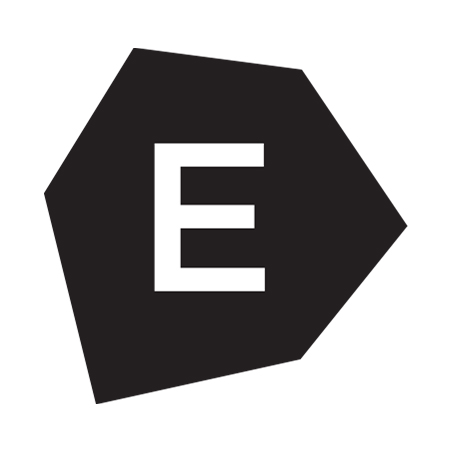Over the last couple of years, you would have seen an increasing number of building materials earn the right to carry the Declare label. Leaders in the field have been GIB, Potters, Autex, Insulpro, Abodo and Laminex amongst others. Just as Kiwis aspire to enjoy healthy lifestyles, it's time that our homes, offices and schools step up to the mark and support our health too.
Declare has resonated with the local specification and construction market due to its low cost, demonstrated lineage, easy application process and high degree of transparency. Declare was born from the International Living Future Institute in Seattle, home of the Living Building Challenge, which in turn was born from the US Green Building Council. The Declare goal is to eliminate worst in class toxic chemicals from our homes, schools and offices.
So what does a Declare Label represent? A practical label!
Having a Declare label indicates to architects and architectural designers (and consumers) that your product will not cause harm to the environment or people once installed — both in the short term and at the product or building's end of life. There are various levels of being 'Declared' — because the label recognises that there are some ingredients that are bound and won't cause harm, and are required for manufacturing purposes, or that may be at such a low level their inclusion is insignificant.
Why apply for Declare?
New Zealand has the highest number of Declared products in the world, second only to China. The label is resonating with specifiers as it is a quick check that the products they've selected are ok for the environment. At present, without changing any building materials in a residential build, every house would be at least 10% Declared. We're starting from fairly good products in New Zealand. As the Declare message ramps up in New Zealand, we are going to be seeing architects and architectural designers comparing products based on their Declared status.
Applying for Declare
This is the easy part. You may not have noticed on your Material Safety Data (MSD) Sheets in the past, but each ingredient has a CAS number beside them. You need these numbers for the first step, a self-assessment. By visiting the Declare website, you can download the Red List. The Red List is a list of chemicals that are aren't acceptable for the built environment. Using your pdf viewer you can search for the CAS numbers from your MSD sheets, quickly finding any products which may be an issue. You can then become a Declare member and make an application for your product to Declare.
The Declare Challenge
Here's the challenge: NZ manufacturers are encouraged to seek a Declare label for their product(s) and if they hit a Red List ingredient red light, to reformulate and create the non toxic products we need to build a healthy environment. Specifiers, your challenge is to include Declare labelled products in your designs. For local suppliers, search the Declare product database using the term 'New Zealand' to find products that have the Declare label in NZ. Working collaboratively as an industry, we can have a good old detox and literally make NZ, our place, healthy for everyone.
Living Future NZ is about to agree to a partnership with the International Living Future Institute to process Declare eco-labels for local NZ building products.
DesignEx in Christchurch have kindly offered the Declare NZ launch a speaking slot at 5pm on August 4 at the Horncastle Arena. Come and find us at buildnz | designex for info and a drink.
Written by Jerome Partington, JASMAX.
For more information on Declare, visit the Declare website.



























 Most Popular
Most Popular Popular Products
Popular Products


